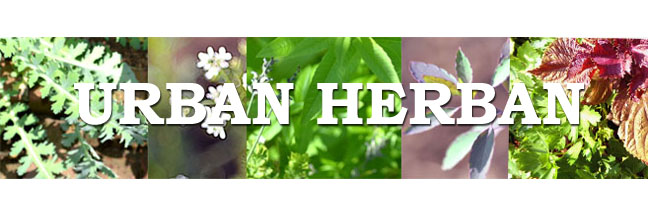Hey, Kiddies of all ages, it is time to plant and look forward to the small seedlings that pop through the soil.
It’s the beginning of gardening season, quiet, surrounded by snow and ice.
Yet the seedlings will come up, we will think of spring and the joy of vegetables and herbs, we will think ahead to planning our little plots.
The very beginning of spring is when your booted toe can dig just a bit in the frozen mud. It won't be that long until the soil is warm enough for early planting---a good 6 weeks for parsley, radishes, lettuce to be sown in the beginning garden.
A whole lot of us don't want to wait that long! And we don't have to.
We can start seedlings indoors ot be reading for transplanting in March or April.
We are going to look at the sturdiest herbs to start: parsley, chives, thyme, oregano.
Now, what must you have for a simple planting session?
The usual:
3.5" pots, plastic, square for easy spatial management
Seeds: yes, they are at every nursery and hardware store just about now.
Table cover, if you do not have a designated potting area in your house or apartment
plant markers,
Plastic bafs, about 9",
small ad hoc tools;
plastic spoons,
a pencil.
soil
Gro Lights, if needed
Hand Shovels
Soil: What kind? A sterile medium is idea---"sterile medium?"
That's nursery talk for a soil that has been sterilized to remove bacteria, etc and usually mixed with some other medium, such as perlite.
You can buy that in bags; usually one bag will fill about 30 3" pots.
Today’s job is to plant seeds in 60 3.5 inch pots.
The basics : light, soil,
water, seeds and labels are already in motion. Having table covers, pencils,
sharpened, hand shovels, and a tub for the soil are also needed.
The soil, the sterile medium, is dry. It may give off some
dust as it is poured into the tub.
Careful!
You need to add some water and stir
it around with the hand shovels.
It should be barely moist so seeds do not rot.
Once that is done, kids can use a pot to gather soil, and
pour it into another pot. Tamp down the soil lightly.
Then, seeds are planted
the way demonstrated.
Using a pencil, make a small hole , very small, because
all the mid-size seeds (parsley, dill, cilantro) are not so big that they can
stand being buried. For the small seeds, so small you can barely hold onto
them, (thyme, oregano), simply press into the soil, tamp lightly
Then, to help germination, put a plastic bag over each.
Twist it gently as demonstrated to make a mini “greenhouse”.
This should be enough for the seeds to germinate. Place them
in the trays bought to the Center for carrying the plants about on the large
table where they will eventually reside.
Light? Gro-lights are part of the plan, and will be arriving
soon.
Why labels, you might ask. Do you want to look at a parsley
plant coming up and think it is dill? No, the labels will keep both the seeds
and the time they were planted clear. And you can see how fast they grow by looking at t date.One of you needs to keep a notebook with the listing pf plants and dates in it.
Next time: planting rosemary from cuttings.




.JPG)






